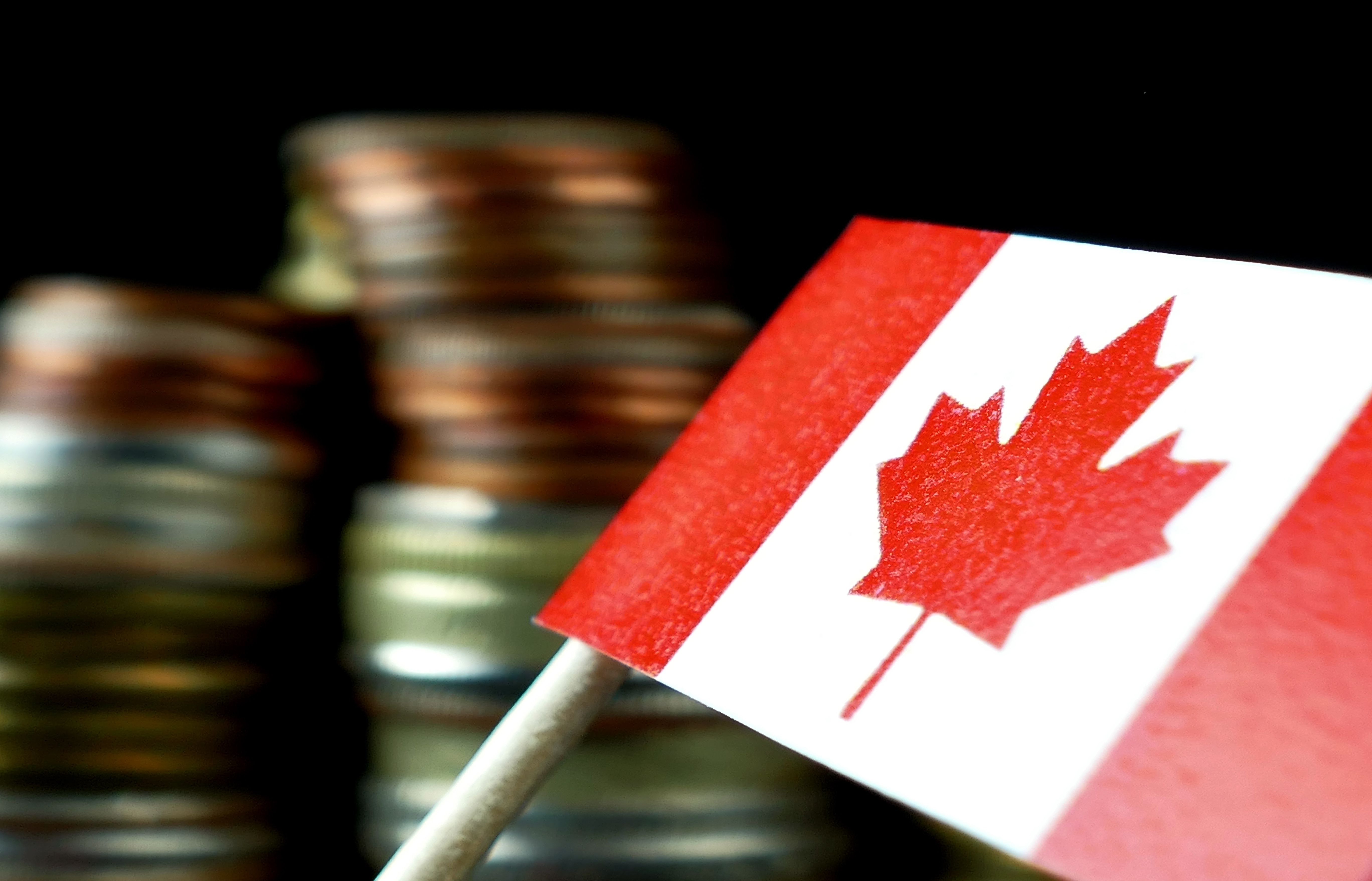Barriers to interprovincial trade are falling. What comes next might be even more important

The following article by Charles Breton and Andrew Parkin was published in Policy Options on June 27, 2025.
Charles Breton is the executive director of the Centre of Excellence on the Canadian Federation at the Institute for Research on Public Policy (IRPP). Andrew Parkin is the executive director of the Environics Institute for Survey Research
Barriers to interprovincial trade are falling. What comes next might be even more important
The federal government is acting on its promise to eliminate remaining federal-level barriers to internal trade by July 1. The Carney government fast-tracked Bill C-5 – a key part of this effort – through the legislation process. This is a principal component of a broader effort to create a more seamless economic union within Canada – or what Ottawa calls “one Canadian economy.”
While these are promising signs, given the economic potential, it’s important to recognize that most internal trade barriers exist at the provincial level. Different regulations and requirements among provinces add friction to the sales of products, services and the mobility of labour. Ultimately, the actions of provincial governments will determine how liberalized Canada’s internal market becomes.
Seizing this momentum, some provinces such as Nova Scotia and Quebec have introduced legislation to eliminate some barriers. Others, including Ontario, have also signed bilateral memorandum of understanding with other provinces, embracing the idea that what is good enough for one province is good enough for the other.
But amid this shift, it’s worth recalling that many of the barriers now being dismantled were put in place under the framework of the existing Canadian Free Trade Agreement (CFTA), which came into effect on July 1, 2017. The CFTA still allows considerable leeway for provinces to protect local industries and carve out exceptions. Until recently, provincial protectionism was often seen as politically advantageous – a way for premiers to be seen defending local jobs and businesses.
And while today’s context – defined in part by U.S. tariffs, geopolitical uncertainty, and a renewed focus on economic resilience – may have made the public more receptive to internal trade liberalization, we would be mistaken to think this support is deep and durable.
Version française disponible ici
Like what you're reading? With our bi-monthly e-newsletter, you can receive even more with the latest details on current projects, news, and events at the institute.
Subscribe